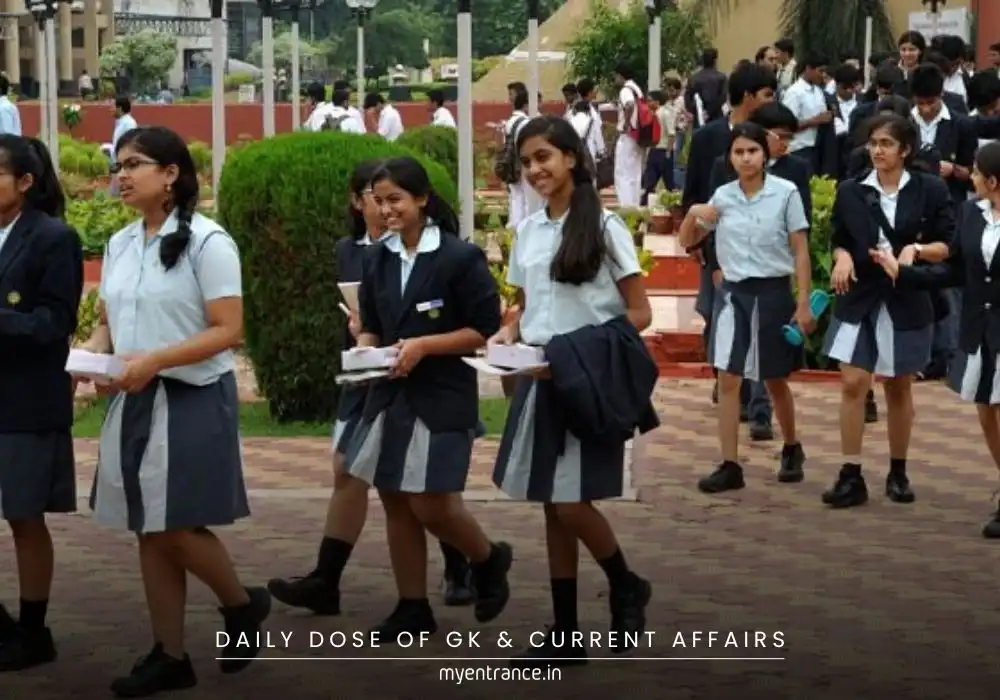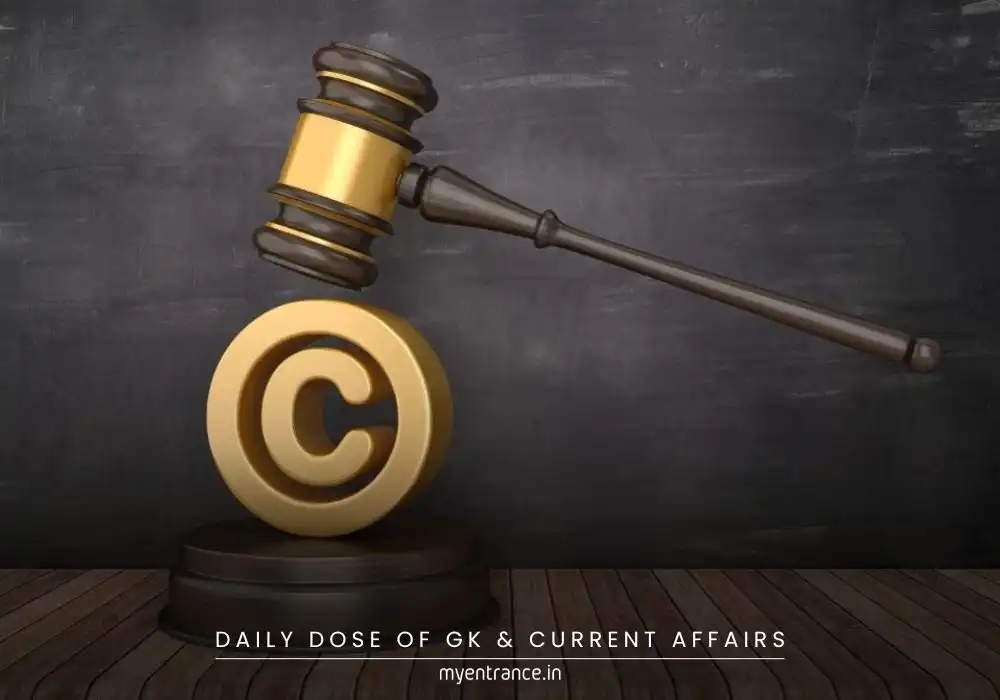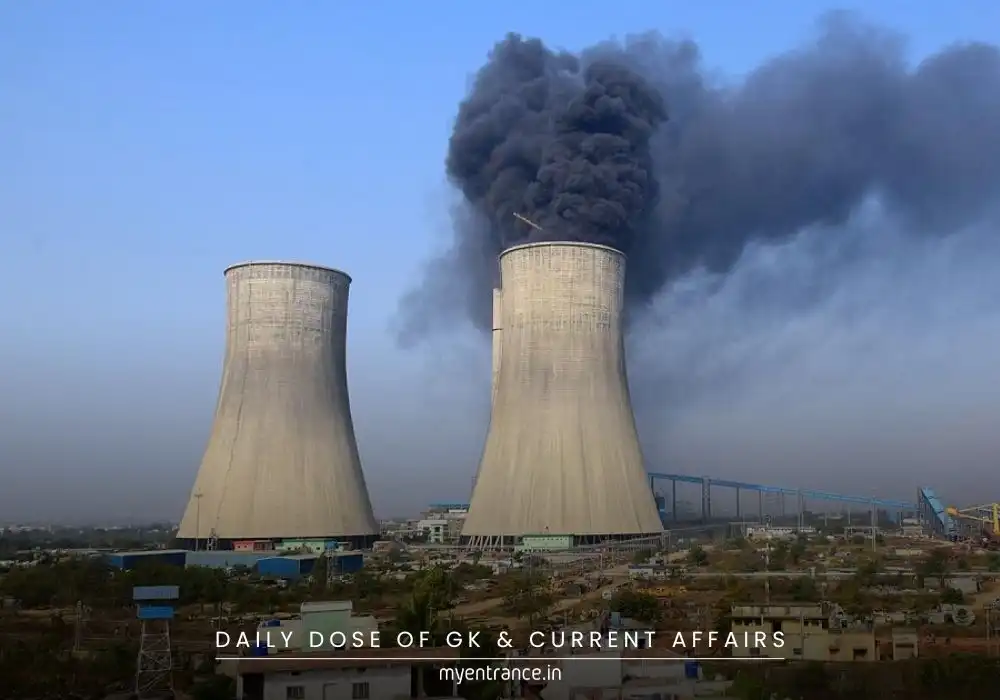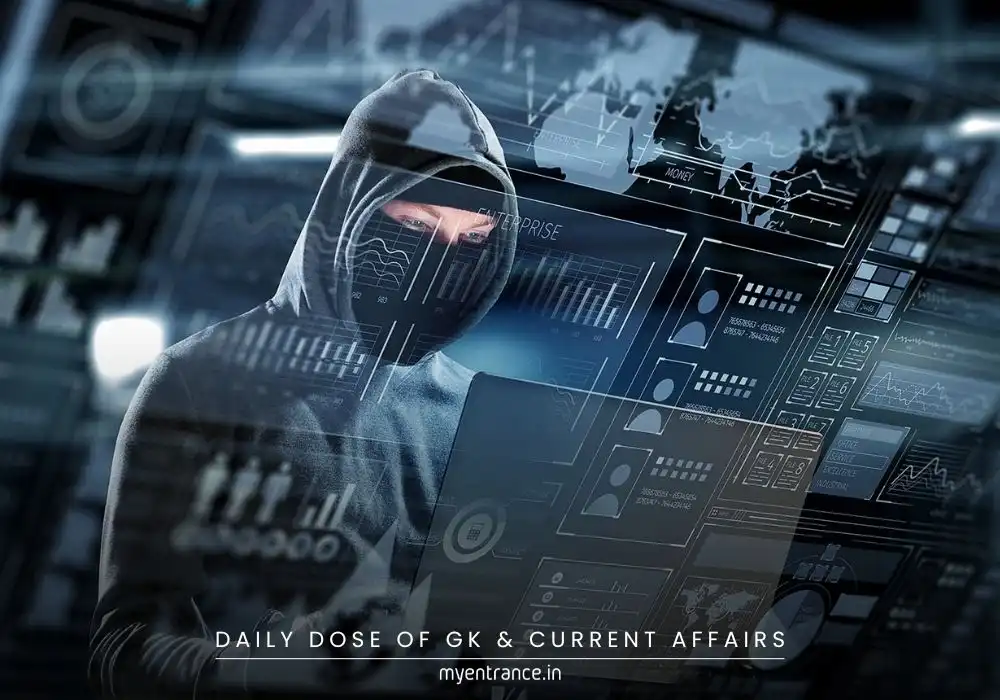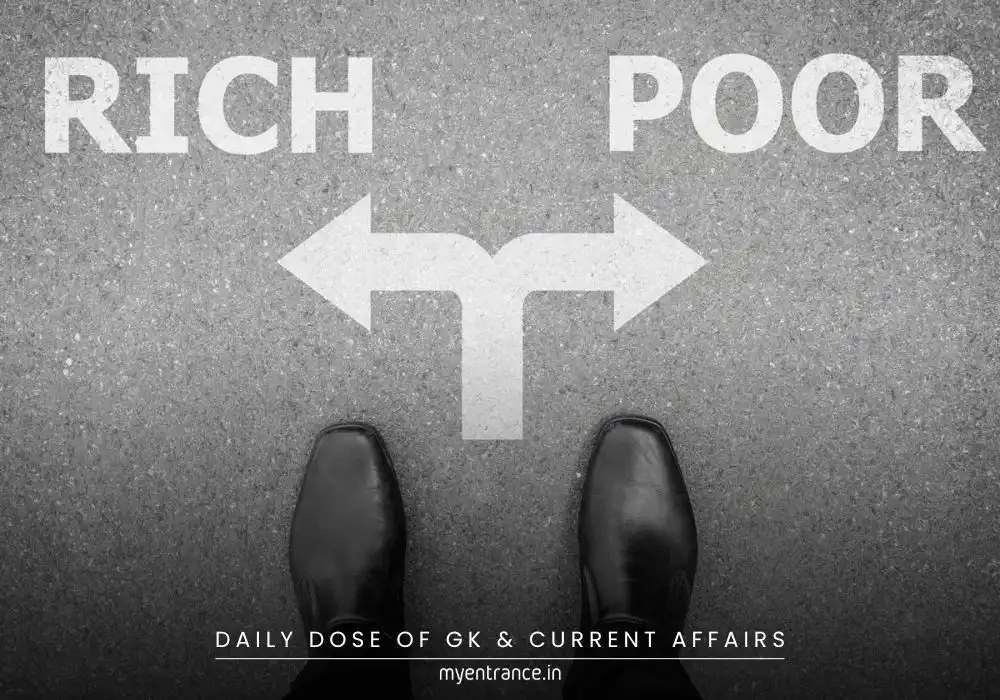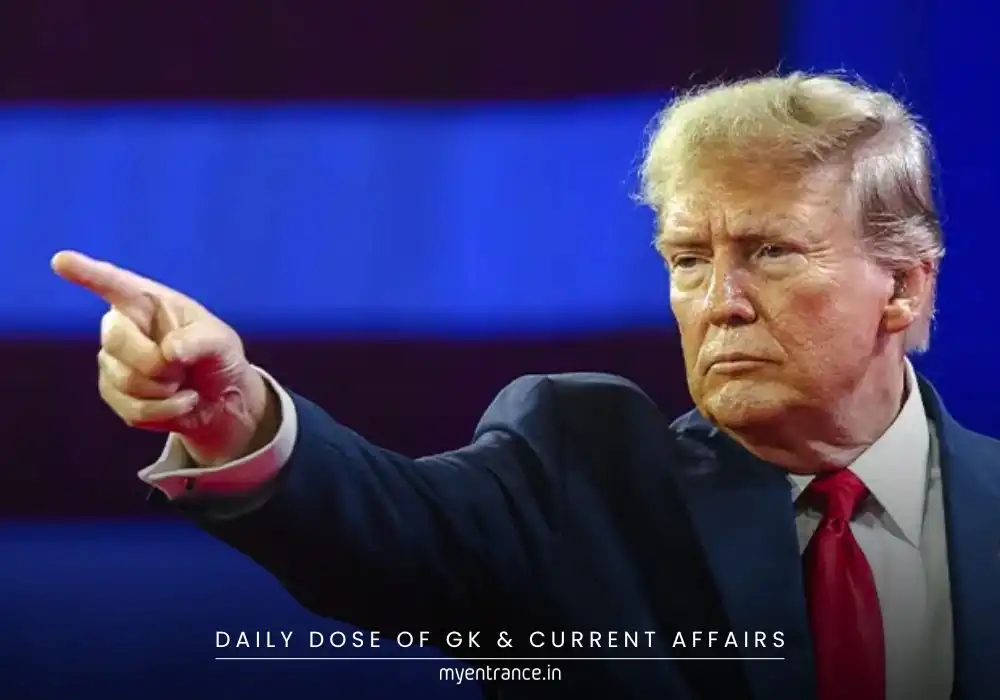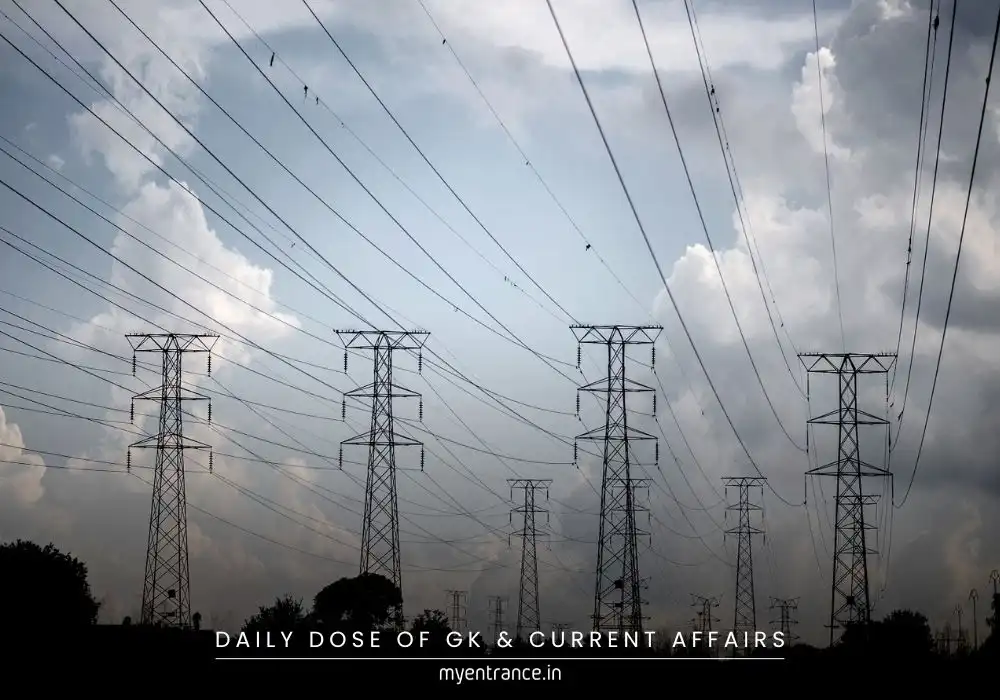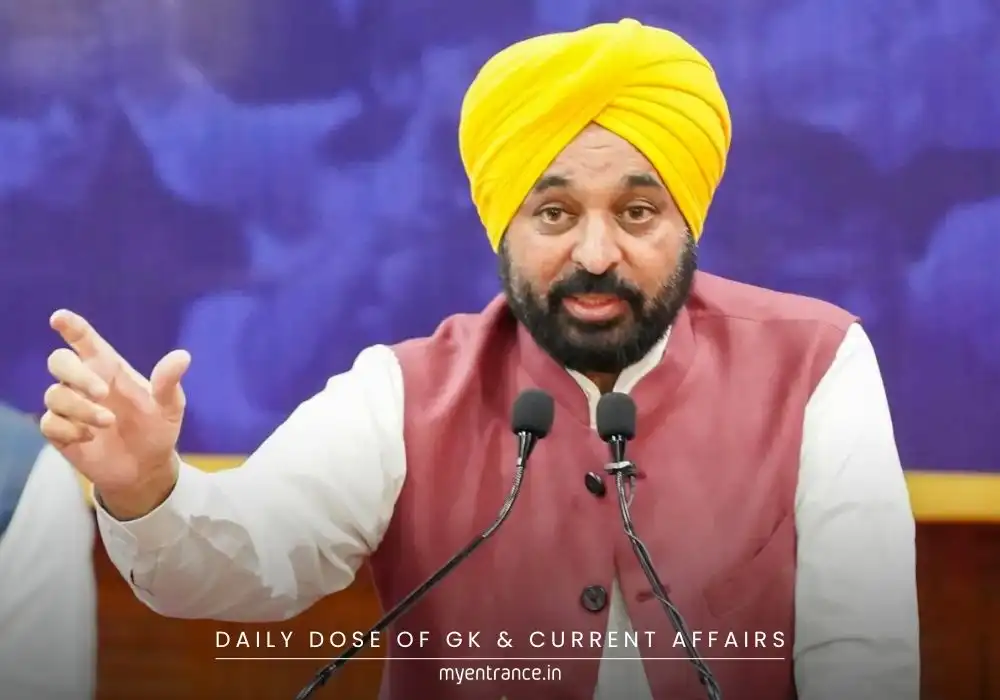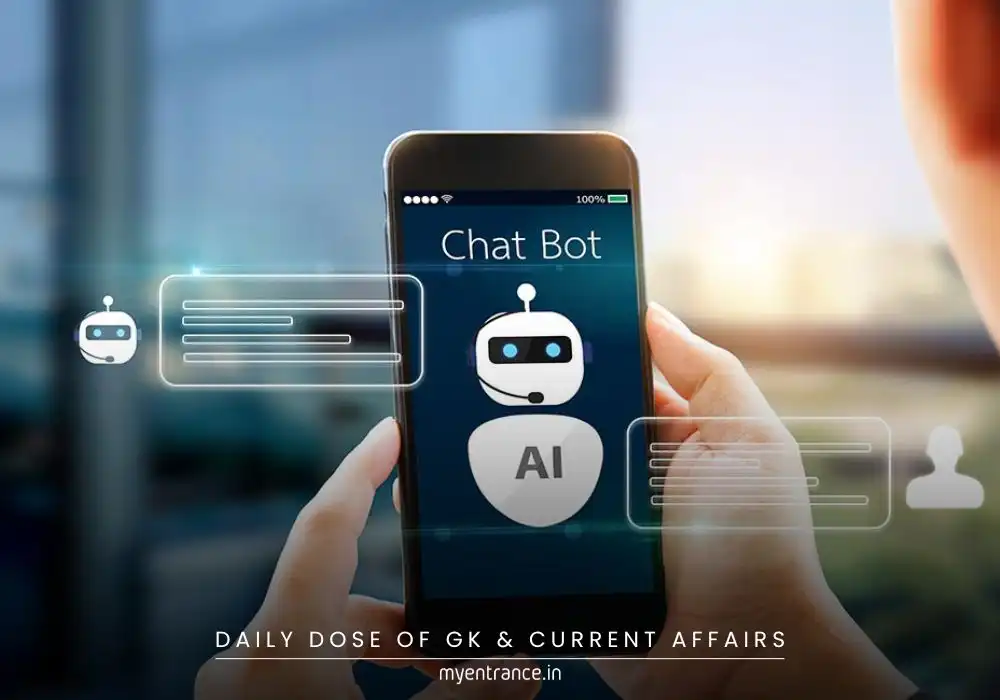Select Language
Could India Energy Stack Revolutionize Power Like UPI Did for Finance?
Imagine selling solar power from your rooftop to a neighbor as easily as sending money via UPI. That’s the vision behind India Energy Stack (IES), a bold initiative to overhaul India’s power sector. Spearheaded by a task force mentored by Infosys’ Nandan Nilekani, IES promises transparency, efficiency, and consumer empowerment.
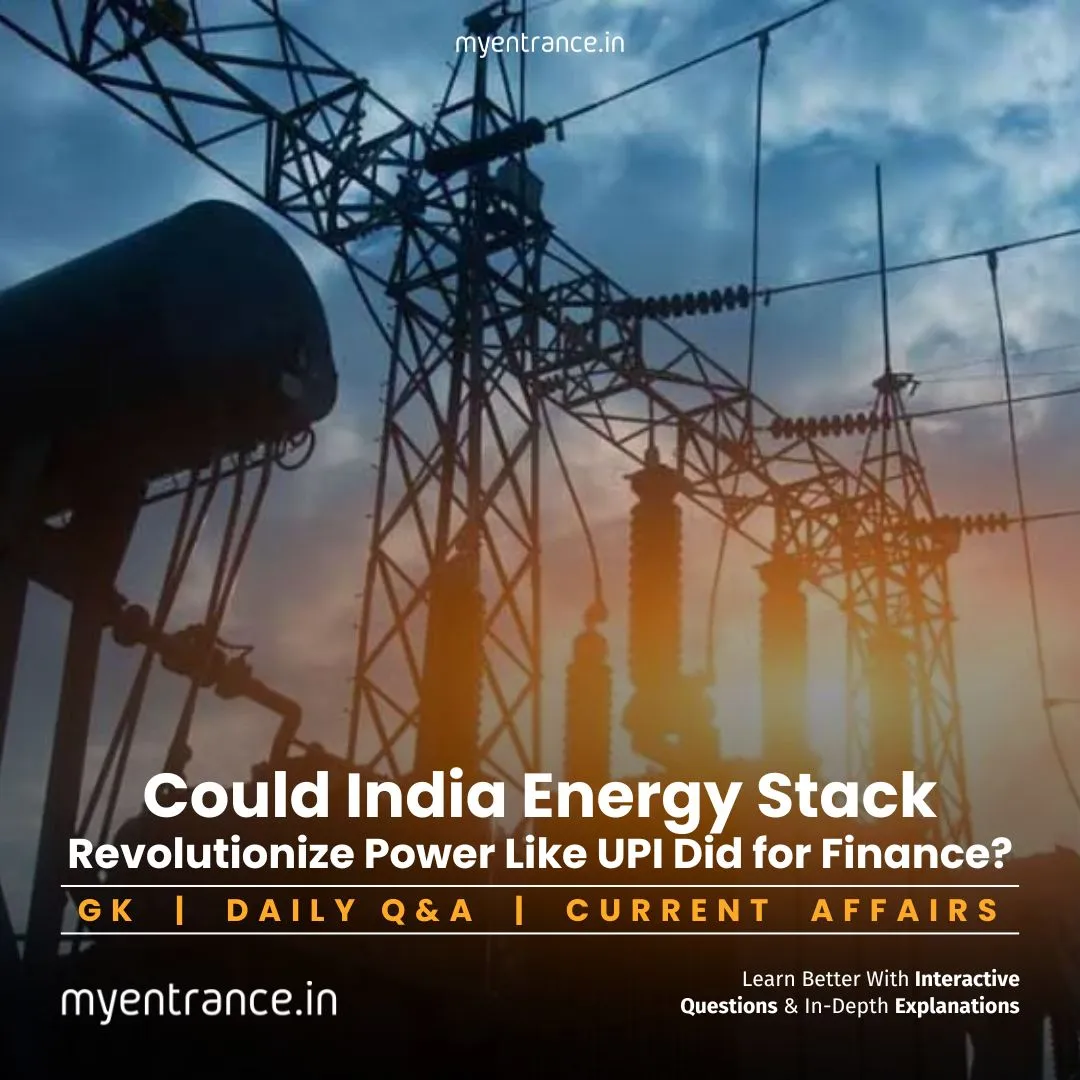
What is India Energy Stack?
The India Energy Stack (IES) is a unified digital infrastructure designed to integrate every player in the power ecosystem – from producers and grid operators to consumers and regulators. Inspired by UPI’s success in finance, it aims to eliminate data silos and create a seamless, interoperable platform.
Why Was IES Created?
India’s power sector suffers from fragmentation due to electricity being a concurrent subject (managed by both Central and State governments). This led to:
No unique IDs for consumers/assets, causing billing chaos.
Disjointed data systems hindering real-time decisions.
Incompatible digital platforms blocking innovation.
High AT&C losses (over 15% in some states) due to poor monitoring.
How IES Works: The UPI Blueprint
IES mimics UPI’s “open network” approach:
National Electricity Data Grid: A real-time repository harmonizing data from smart meters, grids, and DISCOMs.
Utility Intelligence Platform (UIP): The brain of IES, enabling services like peer-to-peer energy trading. Example: Sell excess solar power to your neighbor; payments settle instantly via linked bank accounts.
Interoperability: Lets startups build apps (e.g., energy fintech, virtual power plants) without reinventing the wheel.
Key Benefits
For Consumers: Monetize rooftop solar panels or batteries.
For DISCOMs: Slash AT&C losses via smart meters and fraud detection.
For Grids: Balance renewable energy loads (e.g., solar/wind) and reduce blackouts.
For India: Track carbon offsets transparently and boost clean energy adoption.
Current Progress
A 17-member task force under the Ministry of Power (with Nandan Nilekani as mentor) is designing IES’s rollout roadmap. While full implementation may take years, pilot projects are expected soon.
Why is This Important for Exams?
For SSC/PSC Aspirants:
Current Affairs: IES is a flagship policy under “Government Interventions” (GS II).
Prelims: Covers “National/International Importance” (e.g., India’s DPI innovations).
Mains: Discuss federal challenges (concurrent list), renewable integration, or digital governance.
For Design Entrances (NID/NIFT/FDDI):
Case Studies: IES demonstrates how design thinking solves real-world problems (e.g., user-centric energy apps).
Sustainability Focus: Aligns with themes like eco-innovation or smart cities.
Sample Questions & Answers
Q1: How does India Energy Stack draw inspiration from UPI?
A1: Like UPI standardized digital payments, IES creates interoperable digital infrastructure for the power sector, enabling P2P energy trading and real-time settlements.
Q2: Why is electricity a “concurrent subject” in India?
A2: It allows both Union and State governments to legislate on power-related matters, often leading to fragmented policies and isolated data systems.
Q3: How will IES reduce AT&C losses?
A3: Smart metering and real-time data from the National Electricity Data Grid will help DISCOMs detect theft, streamline billing, and cut commercial losses.
Q4: What role does the Utility Intelligence Platform (UIP) play?
A4: UIP is IES’s application layer, enabling services like energy trading, carbon tracking, and grid management while ensuring data security.
Q5: Could IES support renewable energy goals? Explain.
A5: Yes! By enabling virtual power plants and P2P trading, IES incentivizes rooftop solar adoption and optimizes renewable integration into the grid.
Get 3 Months Free Access for SSC, PSC, NIFT & NID
Boost your exam prep!
Use offer code WELCOME28 to get 3 months free subscription. Start preparing today!
